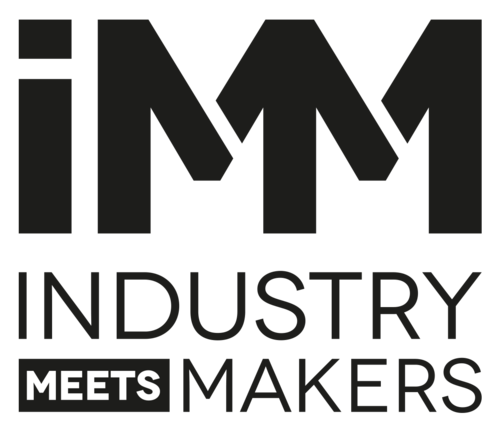Briefing 2023
TOPIC 1: Automation and optimisation of crimping tool designs
INITIAL SITUATION
A crimping process is used to connect cable ends with cable lugs. Currently, the design of crimping tools (matrices) for new cable lug geometries is done manually, based on documented guidelines and empirical values from in-house experts. After setting up sample tools and carrying out tests, a favourable design is confirmed or an iterative need for improvement of the tool geometries becomes apparent.
THE CHALLENGE
We are looking for a solution for the optimised and automated design of crimping tools. Existing guidelines are to be mapped and the previously documented die designs and associated results are to be taken into account, for example through machine learning approaches. The aim is to determine the optimal matrices design for a combination of cable type and cable lug.
Click to enlarge!
THE TARGETED RESULT
During the runtime, an (AI-based) prototype algorithm for the design of crimping tools should be developed.
THE PERSPECTIVES
We support by providing hundreds of design data of existing tools of the past years, the related data and evaluation results of crimping connections, as well as (if required) access to MS Azure machine learning tools. Our process experts are also available for meetings and workshops. For the final test of the prototype algorithm, matrices can be made so that crimping tests and assessments of the pressings can take place.
Topic 2: Automated evaluation of crimping micrograph images
INITIAL SITUATION
In order to evaluate the quality of a crimp between cable lug and stripped cable end, cross-sectional and longitudinal micrographs are made. Currently, the micrographs are evaluated manually based on documented guidelines. The extracted quality parameters are manually compared with target values and a manual report is generated.
Click to enlarge!
THE CHALLENGE
We are looking for a solution for the automated evaluation of micrographs of different crimping types. Existing documented guidelines are to be taken into account and an automated report is to be generated afterwards. The aim is to reduce the manual steps to a maximum. If necessary, certain quality features can also be recognised or derived directly from photos of the test specimens, even without a micrograph.
THE TARGETED RESULT
During the runtime, an (AI-based) image recognition and evaluation algorithm for extracting the relevant features including automatic reporting should be developed.
THE PERSPECTIVES
We support you by providing you with micrographs, the associated evaluation results and guidelines, as well as access to the MS Azure Machine Learning Tools (if required). Our process experts are also available for meetings and workshops.
Kick-off video
Contact
The main contact persons for the project are Dr. Gerald Zach and Erich Groll from the GG Group.
About GG Group
We are global, family-owned business group, witch produces cables, wires and cable harnesses for the automotive industry as well as for special industrial applications. Within only few years, Gebauer & Griller (GG Group) has become a global player with 11 locations on three continents. As outlined in our mission statement, we strive to be local to our customers.
More about GG Group (Gebauer & Griller)
Further briefings
#IMM2023 Bootcamp Briefings
E.I.N.S. Hub Challenge powered by Artivive/Belevedere: Augmenting the Artist’s Wife
Landesgartenschau Schärding: With robots, sensors and AI to smart plant care at INNsGRÜN
#IMM2023 Briefings
Infineon & Würth Elektronik: BMS² Battery Management System = Be More Sustainable
Philips Domestic Appliances: The self-cleaning food processor
LiSEC: With image processing, AI and machine learning to sustainable glass processing
City of Amstetten: Concept for the new economic service centre
City of Tulln/Donau: With sensors, data and innovative ideas to a digital and green smart city
FH Wiener Neustadt & Makerspace[A]: Glean Tech Club
bee produced: Become a recycling heroe!
Meshmakers & GEMINI Startup Base: Hack the alps – IoT in the mountains
tec2bee: Calm bees with a hand-free solution
net for future | beta campus: beta world – Co-creating a circular future

